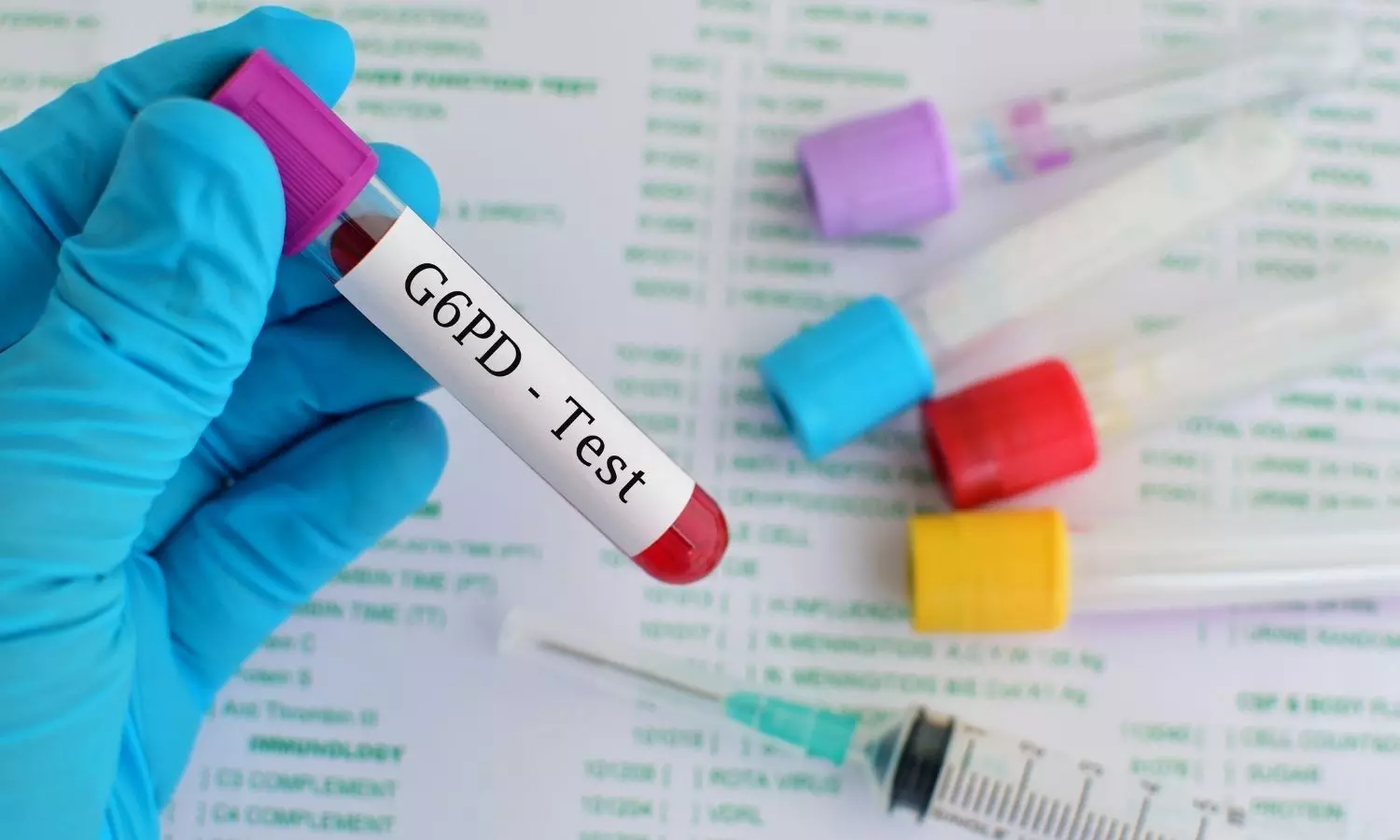Toddler with Rare G6PD Deficiency and Acute Kidney Injury Stabilized at Chennai Hospital

Chennai: A 2-year-old male child diagnosed with severe Glucose-6-Phosphate Dehydrogenase (G6PD) Deficiency and acute kidney injury was recently managed at Prashanth Hospitals, Chennai.
The case involved multi-departmental coordination across paediatrics, paediatric intensive care, nephrology, haematology, and emergency medicine.
The child presented to the Emergency Department with compensated shock, hematuria, dehydration, severe metabolic acidosis (pH 6.8), and a critically low hemoglobin level of 3.7 g/dL.
Initial stabilization was carried out in the emergency setting, after which the patient was shifted to the Paediatric Intensive Care Unit (PICU).
The clinical team initiated mechanical ventilation, inotropic support, and peritoneal dialysis. With deterioration in renal function, the patient was escalated to continuous renal replacement therapy (CRRT), followed by hemodialysis.
The child received care over a two-week period with close monitoring from paediatric nephrology, haematology, and critical care teams.
"Paediatric emergencies often give us little time to act, but this case was exceptionally complex—not just medically, but genetically and metabolically," said Dr T. Vijayakumar, Head of the Department of Paediatrics, Prashanth Hospitals.
"G6PD deficiency, when undiagnosed, can manifest unpredictably, and in this instance, the cascade of hemolysis, shock, and renal failure was both swift and unforgiving. This was not just about saving a life—it was about navigating an uncharted crisis with precision and urgency," he added.
Ventilator weaning was initiated by Day 8, and the child was transferred to ward care in a stable condition. On discharge, hemoglobin had improved to 10.7 g/dL, urine output had normalized, and there were no signs of long-term renal damage.
"What made this case even more challenging was the speed at which the child’s condition deteriorated," said Dr U. Vijayakumar, Head of Department, PICU.
"In many settings without specialized paediatric dialysis and critical care, survival outcomes would have been grim. It was the seamless coordination between emergency care, PICU, nephrology, haematology, and laboratory services that allowed us to intervene at the right moment. The timely escalation from peritoneal dialysis to CRRT, and finally hemodialysis, was crucial in reversing the damage," he added.
CRRT is typically reserved for hemodynamically unstable patients and rarely used in children due to its technical complexity. The hospital’s paediatric capabilities include infrastructure and trained personnel to support such interventions.
"This case highlights the true power of collaborative, high-acuity care in a tertiary setting," said Dr Prashanth, Director of Prashanth Hospitals.
He further said, "CRRT is a specialized form of dialysis typically reserved for critically ill patients, and it is rarely used in young children due to the complexity involved. We are one of the few centres equipped to offer this in paediatric care. The successful use of CRRT in this case, along with the early identification and management of a rare condition like G6PD deficiency, truly reflects the strength of our medical capabilities. I commend our teams for their expertise, swift decision-making, and compassionate care that led to the child’s full recovery."
The child’s family was counselled regarding the nature of G6PD Deficiency, its triggers, and the importance of long-term follow-up. Avoidance of oxidative stress-inducing drugs and foods has been advised. Follow-up includes genetic screening and periodic monitoring.
Clinicians involved in paediatric acute care are encouraged to consider G6PD Deficiency in cases of sudden hemolysis or unexplained acute kidney injury, particularly when associated with anaemia and metabolic derangements.


